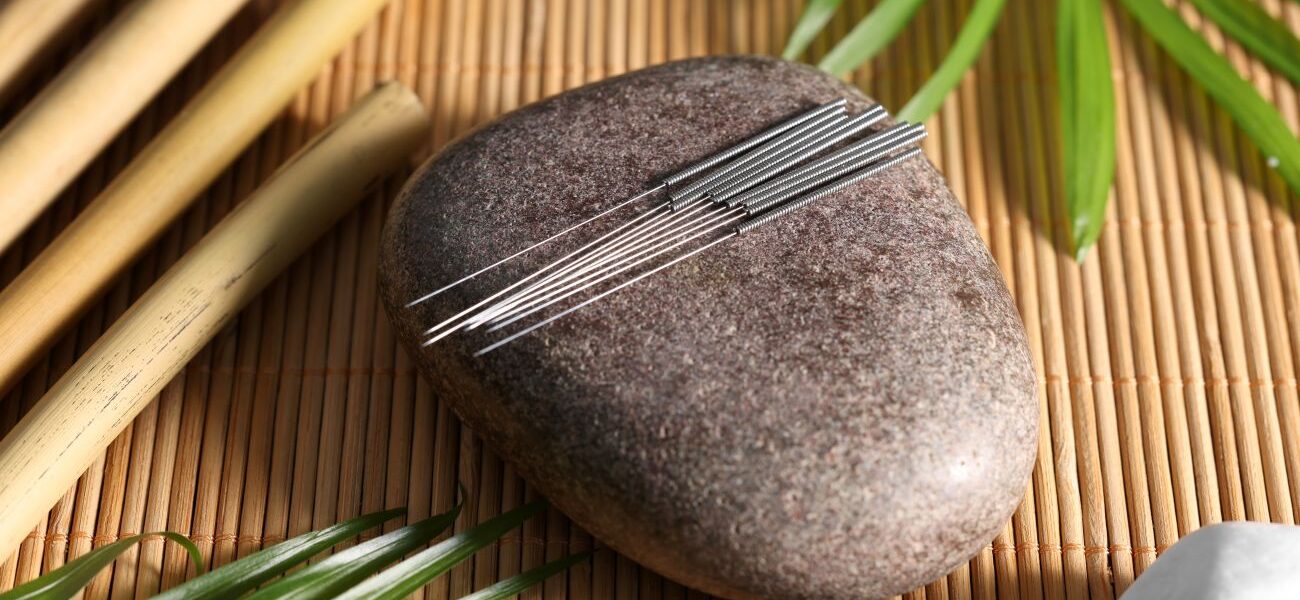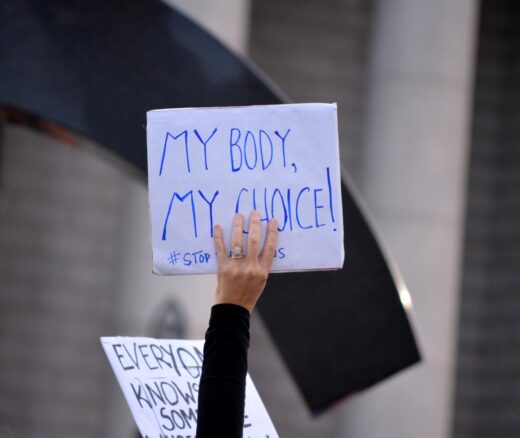
Integrated Care Plans Didn’t Boost Medicaid Enrollment for the Poorest Seniors
Chart of the Day: Medicare-Medicaid Plans—Created to Streamline Care for Dually Eligible Individuals—Failed to Increase Medicaid Participation in High-Poverty Communities
In Their Own Words

This Second Opinion originally appeared in MedPage Today on November 23, 2025.
Chronic pain can be a miserable journey. Many pain patients relied on opioids until they became much harder to get. Others took drugs like gabapentin (Neurontin), approved for seizures and chronic pain after shingles, but it wasn’t always sufficient. Non-drug treatments like physical therapy are costly. Physicians often feel unprepared to treat pain, studies show, making medical visits awkward and unproductive. When treatment fails, pain patients get discharged––metaphorically––to the Island of Misfit Toys.
One of us is an anesthesiologist. The other is a health economist and a pain patient. We’ve seen many people get trapped on this journey. Despite our nation’s long struggle with opioids, our system offers few options for pain management. We desperately need more alternatives.
One remedy hides in plain sight. Acupuncture, which involves inserting thin, sterile needles into specific points, treats pain well, studies show, with almost no side effects. Acupuncture performed better than sham care for pain, according to a 2018 analysis of nearly 21,000 patients from 39 trials. And its effects persisted over time. More recent studies show that the treatment can decrease short-term tobacco cravings, help people lose weight, lessen anxiety, improve sleep quality among Parkinson’s patients, and reduce the frequency of chronic tension-type headaches. It can also reduce painkiller use following joint replacements.
Patients appreciate acupuncture when they can get it. But they often pay out-of-pocket at prices higher than that of many medications. Our system expresses a love-hate relationship with acupuncture. We acknowledge its effectiveness in medical guidelines but then tie it up in rules that make it impractical for most patients.
Read the full Second Opinion here.



Chart of the Day: Medicare-Medicaid Plans—Created to Streamline Care for Dually Eligible Individuals—Failed to Increase Medicaid Participation in High-Poverty Communities
Research Brief: Shorter Stays in Skilled Nursing Facilities and Less Home Health Didn’t Lead to Worse Outcomes, Pointing to Opportunities for Traditional Medicare

How Threatened Reproductive Rights Pushed More Pennsylvanians Toward Sterilization

Abortion Restrictions Can Backfire, Pushing Families to End Pregnancies

They Reduce Coverage, Not Costs, History Shows. Smarter Incentives Would Encourage the Private Sector
Research Brief: Less Than 1% of Clinical Practices Provide 80% of Outpatient Services for Dually Eligible Individuals